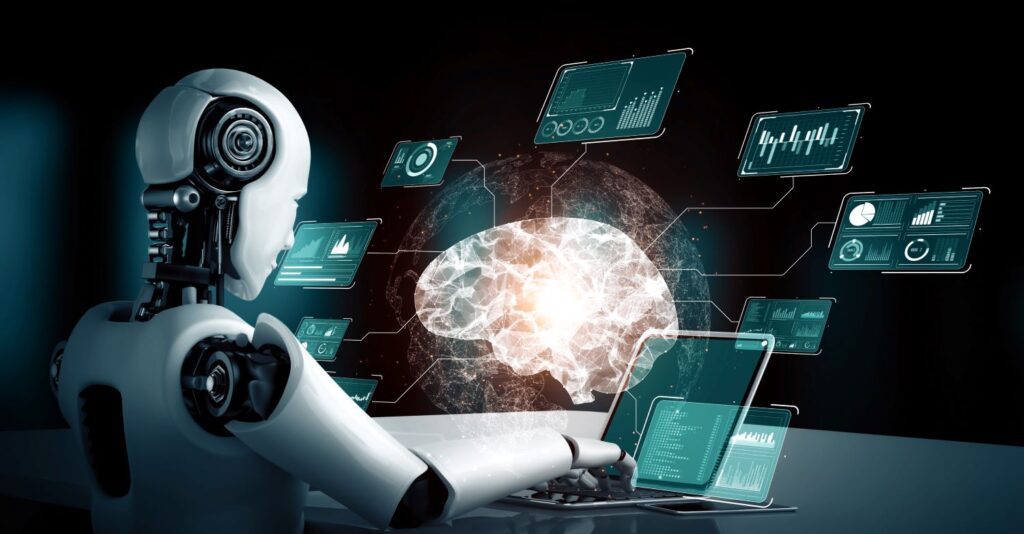Machine Learning (ML) is beginning to be widely used in the manufacturing industry. It is helping to automate tasks, gain insights from the vast amounts of date produced and aid data-driven decisions. But what is it, what types are there and what can it actually do?
Machine Learning is a branch of AI which focuses on the use of data and algorithms to effectively imitate the way humans learn. This enables computers to make predictions or decisions without being explicitly programmed to do so.
There are four types of Machine Learning: supervised learning, unsupervised learning, semi-supervised learning and reinforcement learning. Each of these is explained in more detail below.
Supervised Learning: this involves training a model on a labelled dataset where both the input and output pairs are known. For example, in packaging, supervised learning can be used for quality control. Here, images of packaged products can be labelled as “defective” or “non-defective”. The model learns to identify defects from analysing these labelled images, helping to automate the inspection process.
Unsupervised Learning: this deals with unlabelled data and looks for hidden patterns. For machine monitoring, through analysing sensor data, unsupervised learning can detect unusual patterns which may indicate a potential issue. This can help prevent breakdowns and unplanned downtime.
Semi-supervised Learning: as its name suggests, this is a combination of supervised learning and unsupervised learning. In this case it uses a small amount of labelled data and a large amount of unlabelled data. A small set of labelled images (defective and non-defective) are used to train the model. This knowledge is then used to label a larger set of unlabelled images, refining its accuracy over time. Using a limited amount of labelled “failure” data together with extensive unlabelled operational data, the model begins to understand the type of conditions which can lead to equipment failure.
Reinforcement learning: here, the model uses a process of trial and error using “rewards” (feedback) and penalties to learn the most optimal actions. For example, it can learn the best machine settings to maximise performance and minimise wear and tear by continual adjustment and learning from the outcomes. It can also help predict equipment failures from constantly analysing data from sensors installed on machines.
Conclusion: there is no avoiding it – we live in a world of data which is ever increasing in quantity. It is being used to aid decision making more and more and the tools to manipulate it are constantly being developed and refined. The adoption of machine learning in the manufacturing industry – and especially packaging – will only help to enhance efficiency, improve quality and minimise unplanned downtime.

